PCBX.com Resources
Your source for industry knowledge, news, and expert insights

Latest Posts
Article
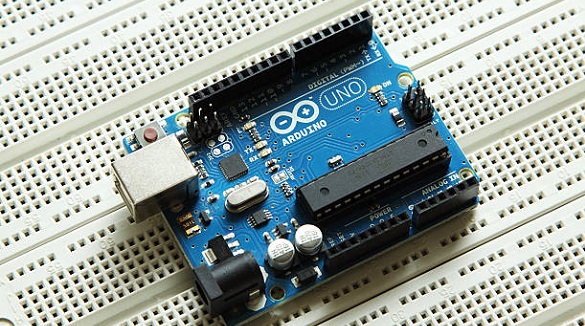
FPGAs with Arduino, like MKR Vidor 4000, enhance electronics prototyping with high flexibility, real-time processing, and customization for diverse applications.
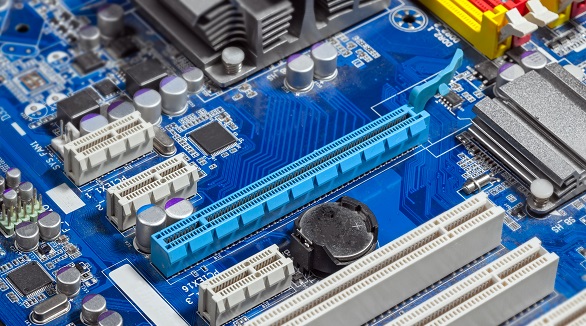
PCB standoffs secure PCBs by spacing them, aiding in thermal management and vibration absorption. They're key for durability and adaptability in electronics.
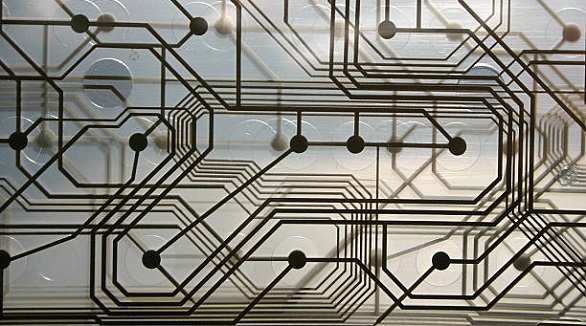
Transparent PCBs combine aesthetics and functionality using advanced materials, enhancing electronics and offering diverse applications despite high costs and complexity.
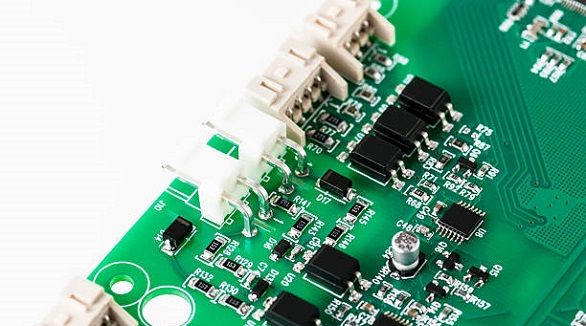
PCB pins enable connectivity in electronics, coming in types like through-hole and surface-mount, for signal transfer, power distribution, and modularity.
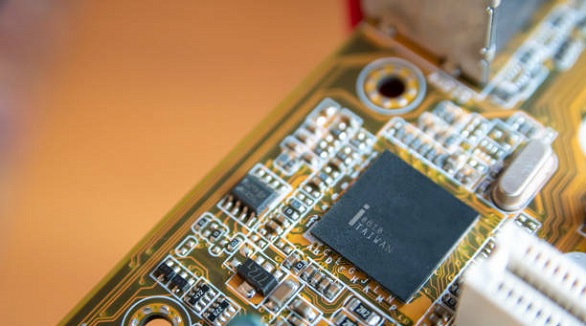
PCBs are essential but prone to faults. Diagnosis and repair using tools like multimeters and X-rays prevent costly repairs, ensure reliability, and improve quality.
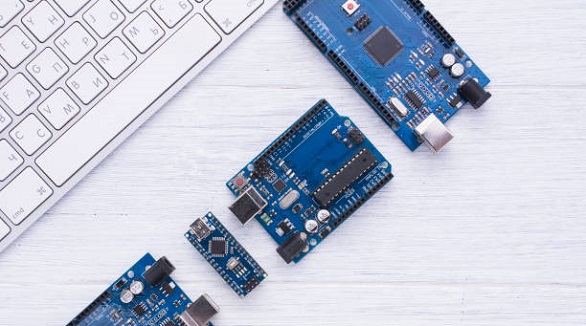
Arduino Nano and Micro differ mainly in USB capability and I/O options, with Nano suited for simple projects and Micro for USB-intensive, compact applications.
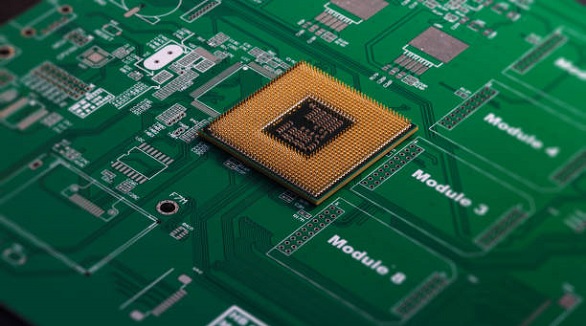
PCB pads connect components on circuit boards. Understanding through-hole, surface-mount, and BGA pads is key for effective PCB design and manufacturing.
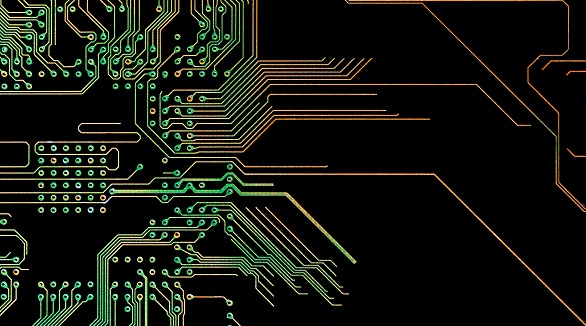
PCB trace technology is crucial for modern electronics, ensuring reliable and efficient signal transmission. Key elements include trace width, spacing, and material selection.
